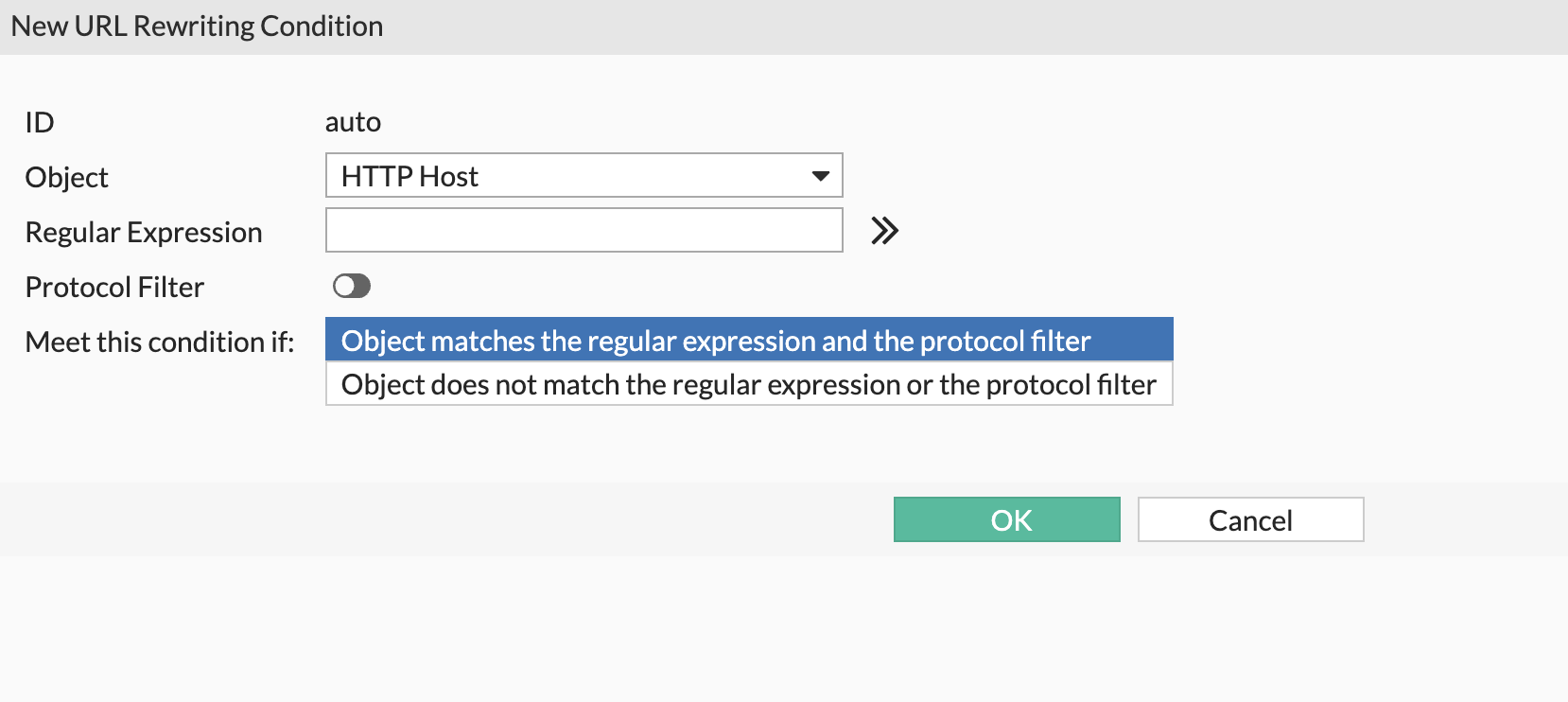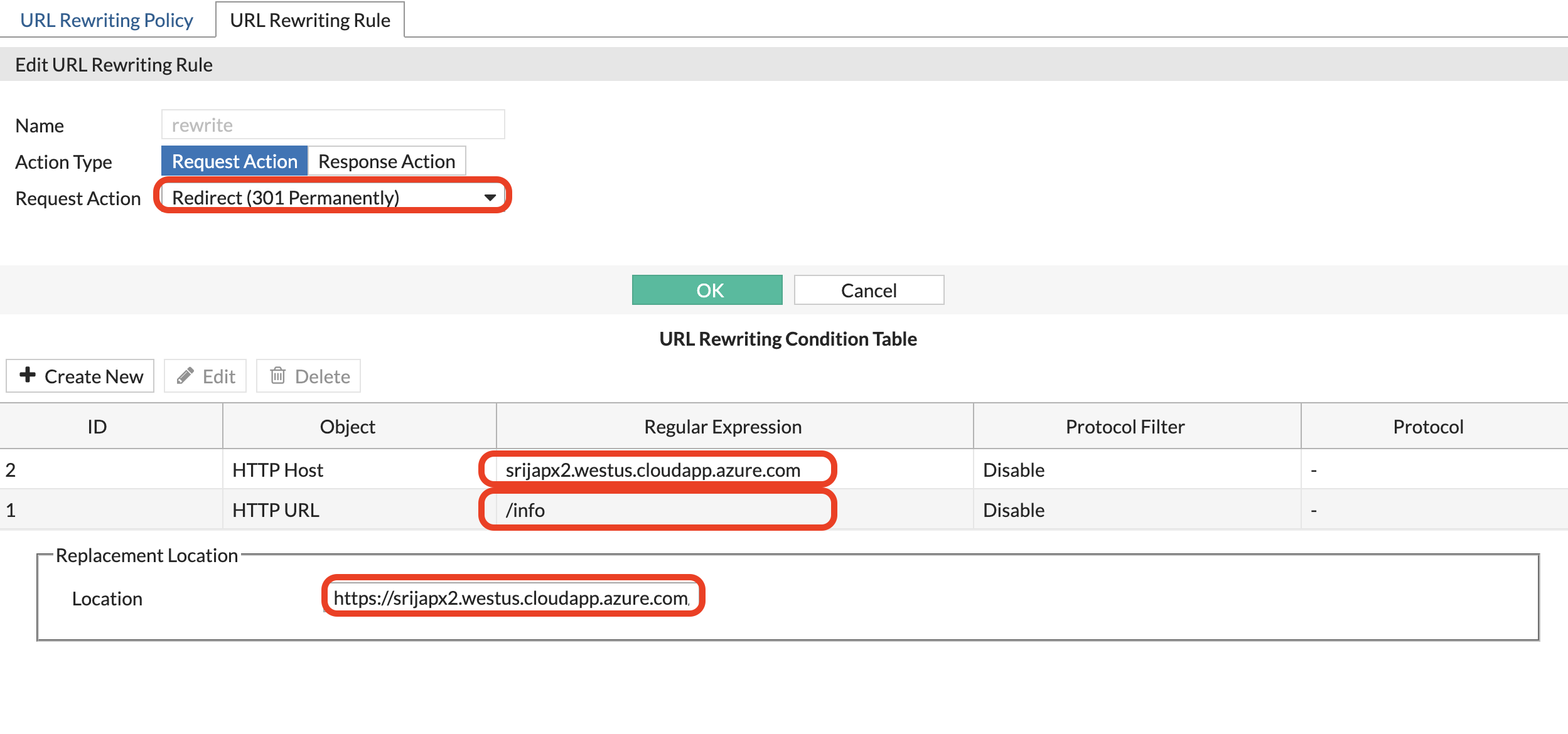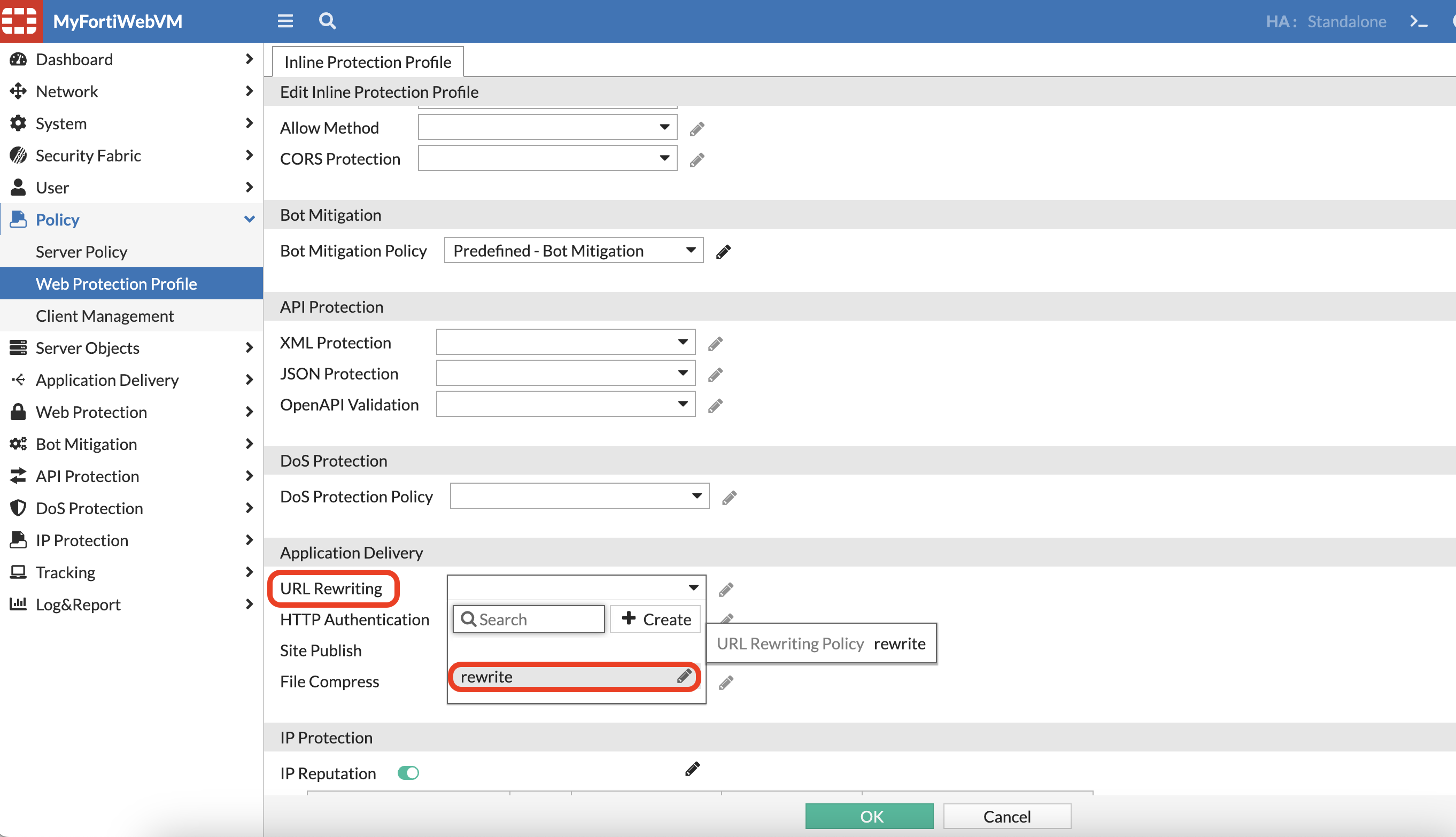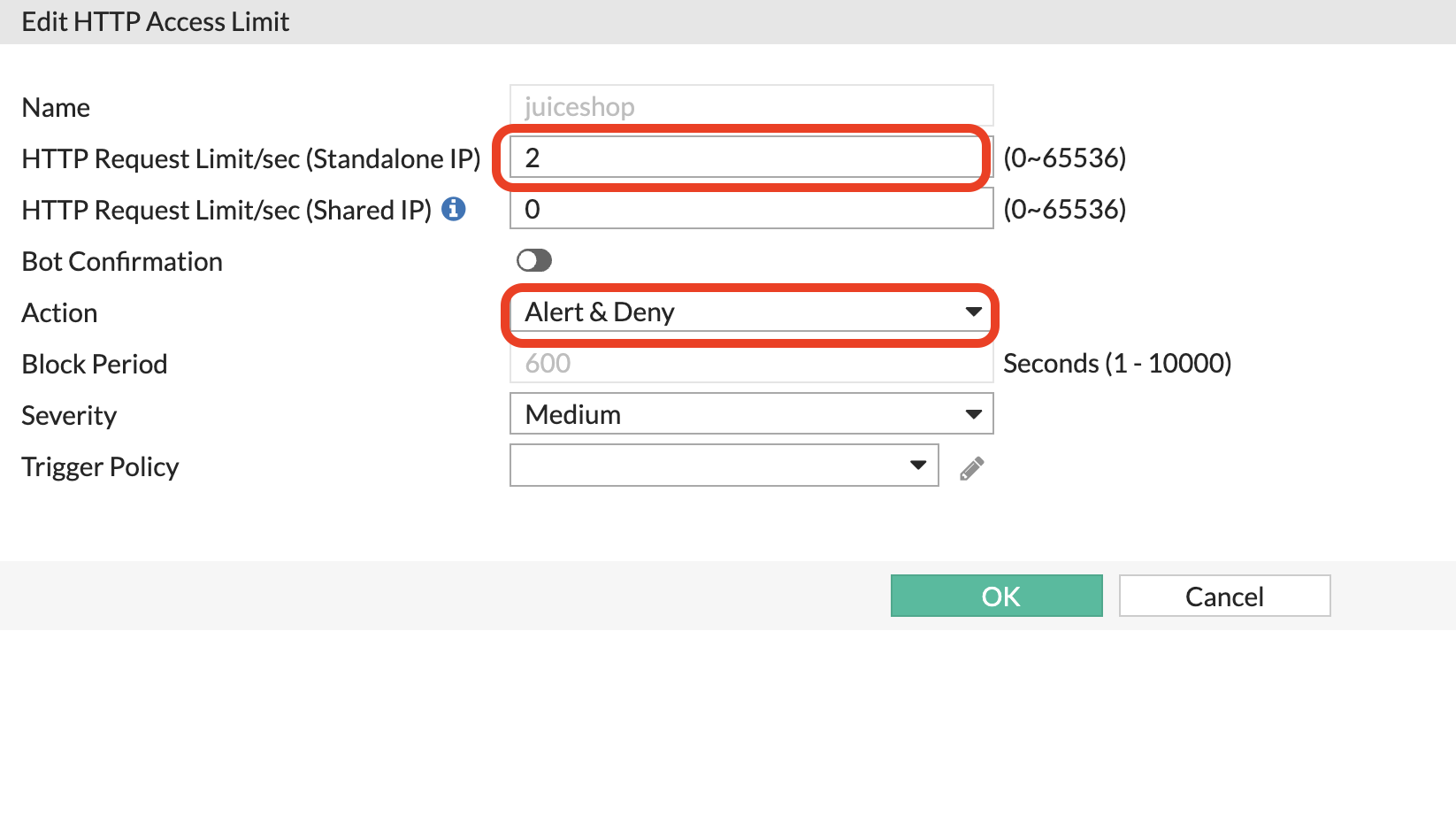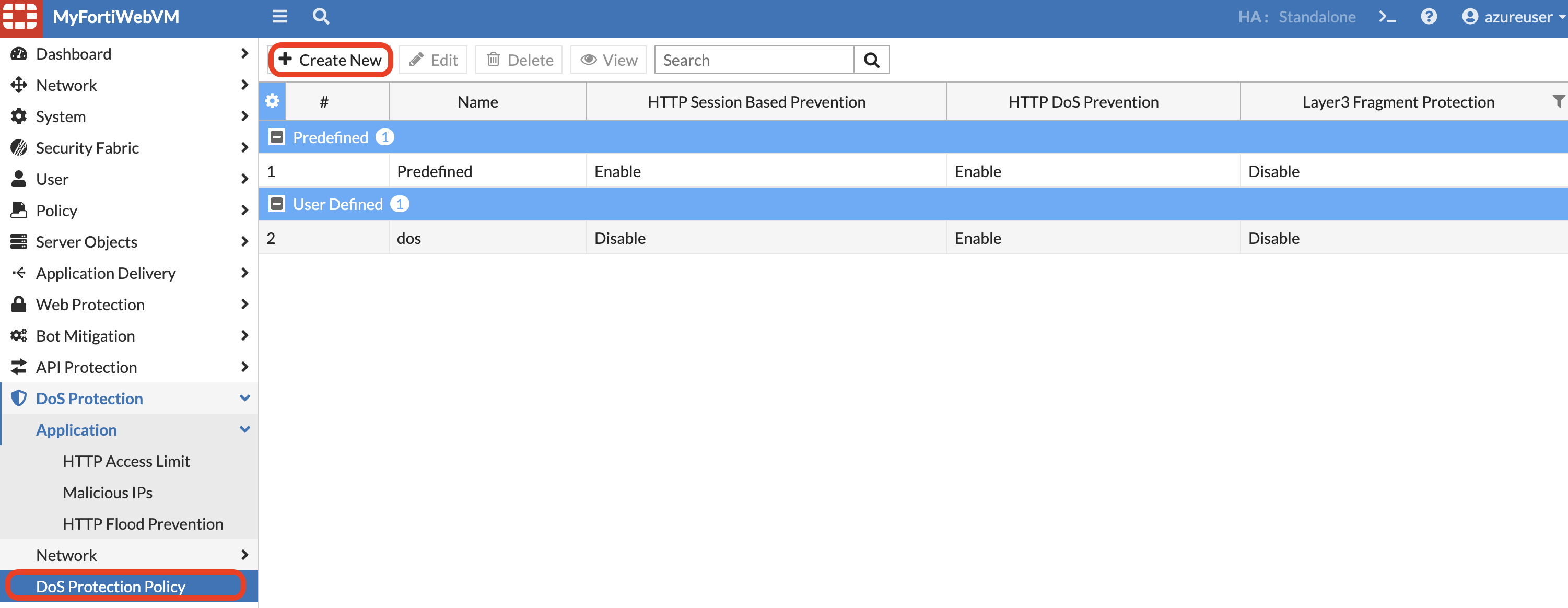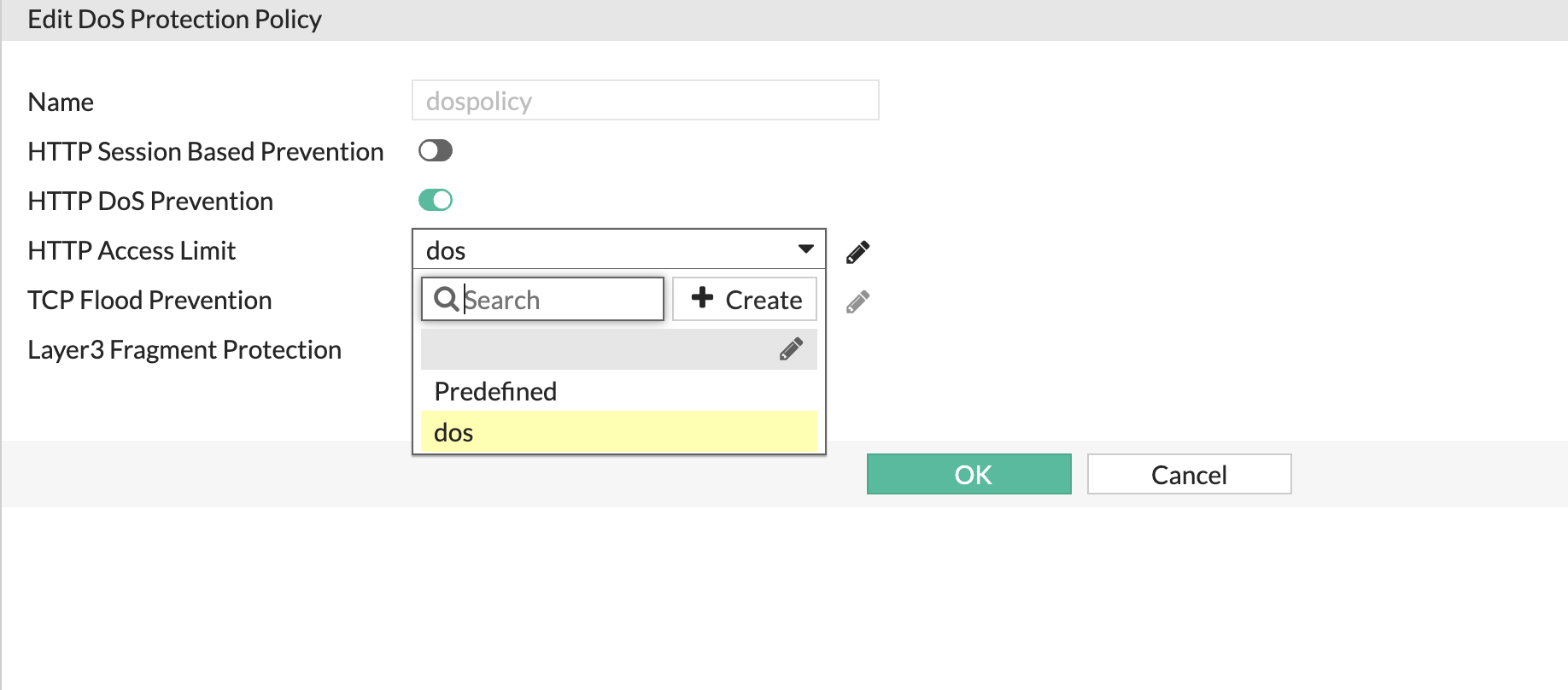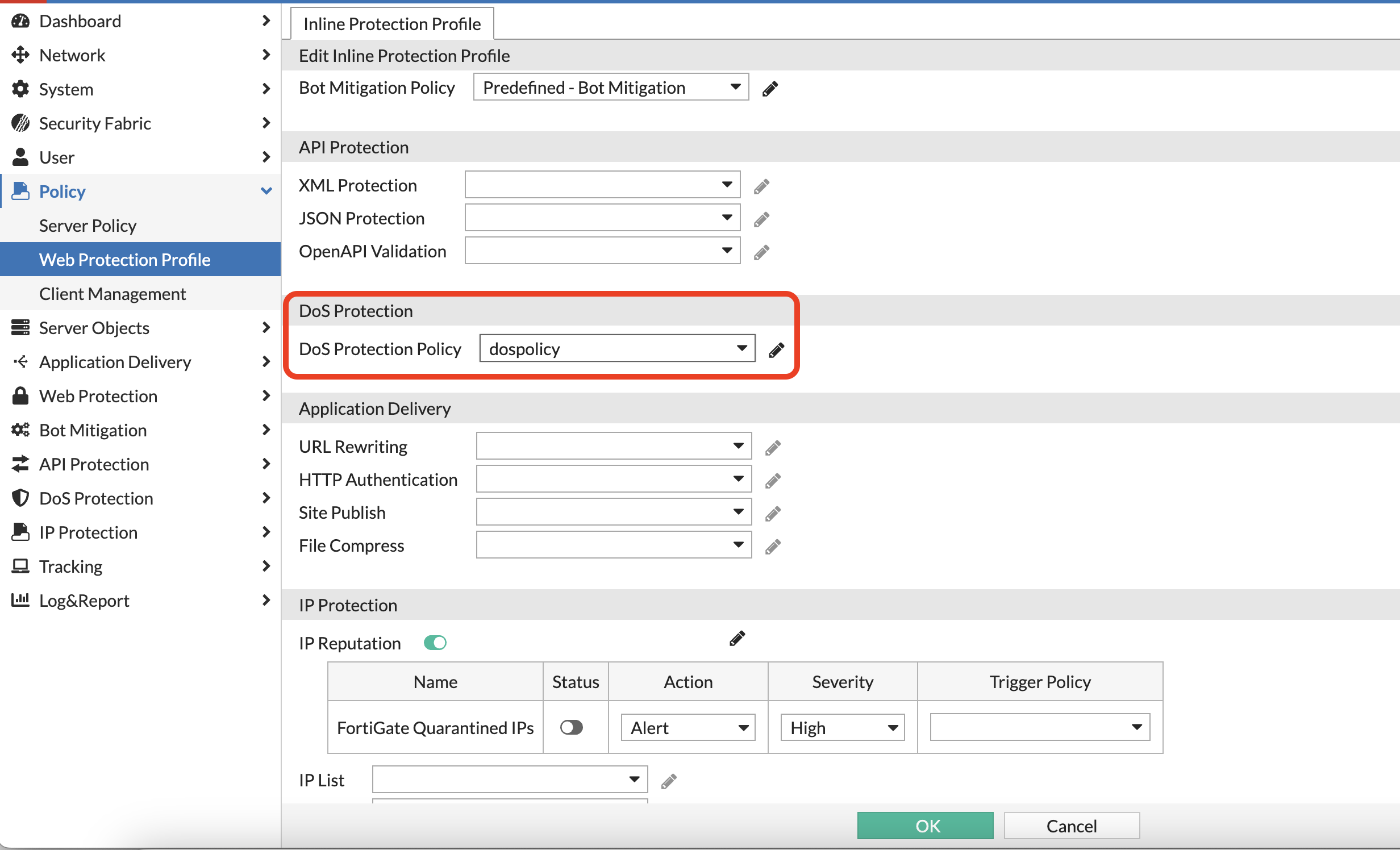URL rewriting
Lets also explore URL rewriting with FortiWeb. FortiWeb supports several URL rewriting capabilities which can be very important and useful in production applications.
Key uses of URL rewriting on FortiWeb:
SEO Optimization: Improves search engine rankings by transforming dynamic URLs into static, keyword-rich URLs that are easier for search engines to index.
User-Friendly URLs: Creates readable and memorable URLs, enhancing the user experience and making it easier for users to navigate the website.
Hiding Internal URL Structures: Conceals the internal structure and parameters of web applications, adding an extra layer of security and preventing exposure of sensitive details.
Security Enhancement: Makes it harder for attackers to guess the structure of the web application, reducing the risk of attacks such as parameter tampering or direct access to sensitive endpoints.
Redirection Management: Manages redirects efficiently, ensuring that users and search engines are directed to the correct pages even after the website structure changes or pages are moved.
Consistent URL Structure: Ensures uniformity in URL formatting across the website, which aids in site maintenance and improves the overall user experience.
Attack1 - Rewriting Policy:
Lets create a rewriting policy to rewrite from Service1 to Juiceshop application.
- on FortiWeb > Application Delivery > URL rewriting > URL rewriting policy.
Click create new.
Set:
- Action type: Request Action
- Request Action: Redirect (31 Permanently)
Now in the URL rewrite condition tabel:
- Click create new
Set:
- HTTP HOST: your FQDN
(FQDN can be found by running echo $fortiwebvmdnslabelport2 in Azure shell.)
HTTP URL: /info
Replacement location: https://
/ Click OK.
Finally it looks like below:
- Now when we input https://
/info in the browser, it will now redirect to juiceshop application automatically.
Attack 1 - DOS protection/Rate limiting:
- Now lets go back to Web protection profile, edit the TLS ingress profile and update the DOS protection policy to the policy just created.
- Paste the following code into your Azure Cloudshell, which creates and executes a sumple python script to send 100 HTTP GET requests to your FortiWeb VM FQDN.
export fortiwebvmdnslabelport2=$fortiwebvmdnslabelport2
export location=$location
url="https://${fortiwebvmdnslabelport2}"
echo "Sending requests to: $url"
# Loop to run 100 GET requests
for i in {1..100}
do
# Make the GET request and capture the output
output=$(curl -s -k -w "\nHTTP Status: %{http_code}" "$url")
# Check if curl command was successful
if [ $? -eq 0 ]; then
# Print the output
echo "Request $i output:"
echo "$output"
echo "------------------------"
else
echo "Request $i failed"
fi
# Add a small delay between requests
sleep 0.1
done
echo "All 100 requests completed."output:
We will see first few request suceeded , then later request failed due to server blocked it.
